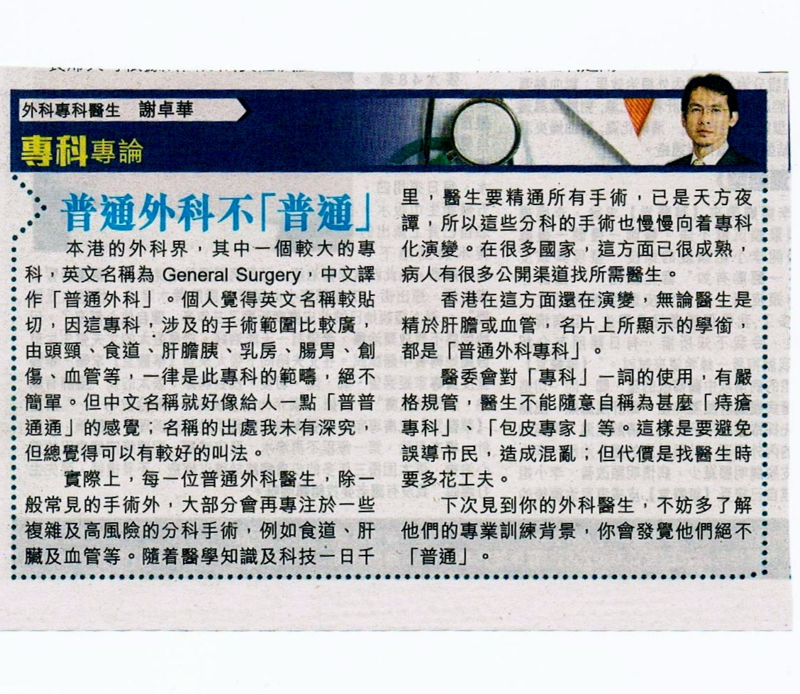It is commonly happened in the lower limb arteries. The
decreased blood flow due to the narrowed arteries, can lead to the lower limbs
pain, numbness, muscle fatigue or cramp. At the early stage of this disease,
sign and symptom often occurred during walking, but when stop, the sign and symptom
will disappear. This is called “Intermittent Claudication”.
If it is untreated, the blood flow will be nearly or
completely blocked due to the plaque is being enlarged by accumulating fat or
cholesterol on the inner wall of the affected artery. Limited blood supply will
make the surrounding tissue dead, causing gangrene foot, and so increasing the
infection risk of the affected limbs. At the late stage, critical ischemic limb
can be as serious as amputation is required, in order to saving life under the
critical situation.
Those diabetic patients often suffer from Peripheral
Arterial Disease. Their nerves are damaged due to diabetes, making patient’s sensation
and vision poor. The foot problem is not able to discover easily at the early
stage. Ultimately, critical ischemic limb (diabetic foot), one of the
Peripheral Arterial Disease also happened on the diabetic patients.
Reference information: http://veno.com.hk
It is not intended as medical advice to any specific person. If you have any need for personal advice or have any questions regarding your health, please consult your doctor for diagnosis and treatment.







